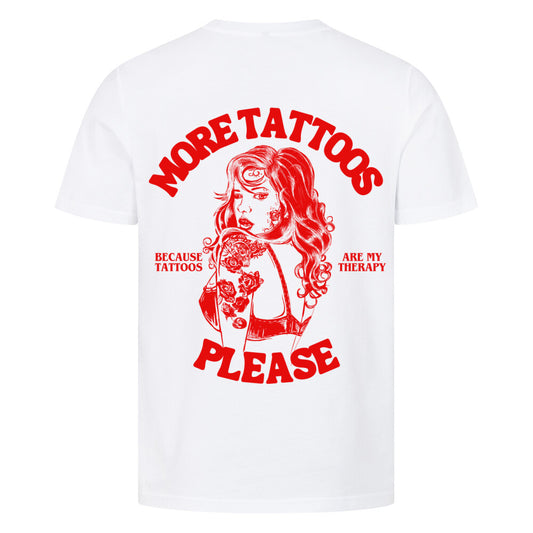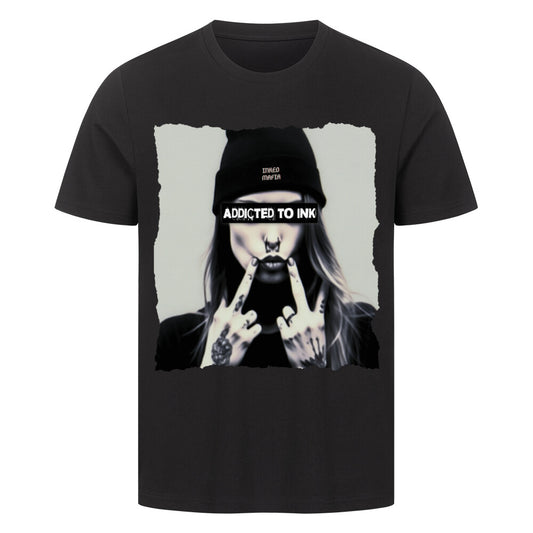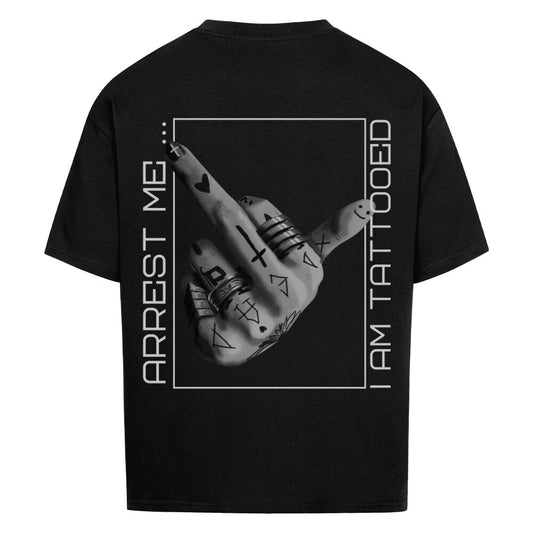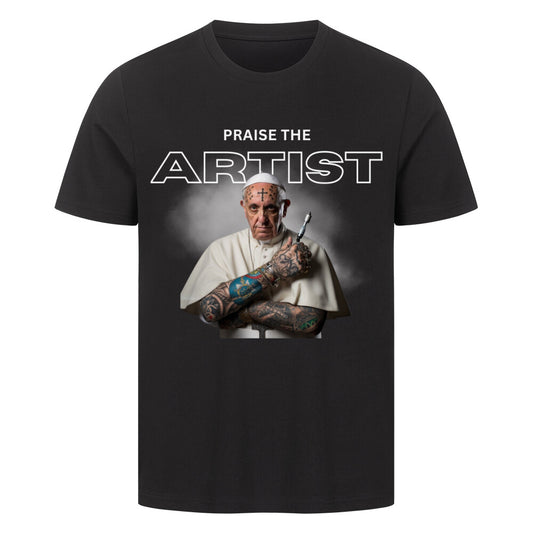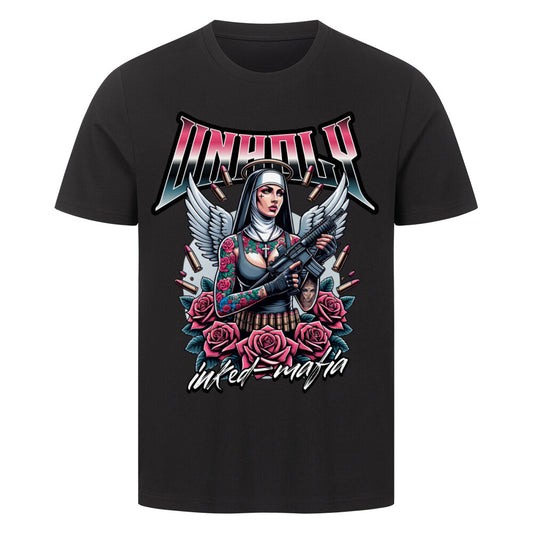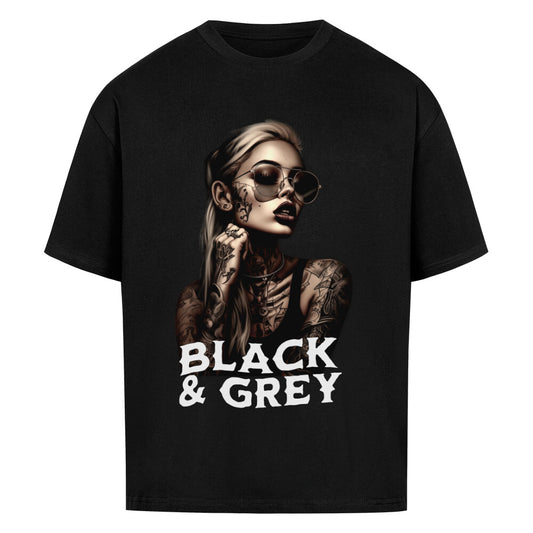
What is the difference between liner and shader machines?
In the world of tattooing, tools play as important a role as the talent of the artist. Two of the most basic tools in any tattoo studio are liner and shader machines. Although they may look similar, they perform very different functions in the tattoo process. In this article, we'll explain what makes these machines different and how to use them.
Liner tattoo machines: precision and contours
Liner machines, often simply referred to as "liners," are specifically designed to draw precise lines and fine details. They are the first tool a tattoo artist uses to transfer the outline of a design onto the skin. Liners typically work with a smaller number of needles, placed closely together to create a fine, sharp line. These machines tend to work faster and at a higher voltage, allowing the needles to enter and exit the skin quickly and precisely.
Features of liner machines:
- Needle configuration : Few needles grouped closely together.
- Current and speed : Higher speed and voltage for clean, continuous lines.
- Typical use : contour drawing and fine detail work.
Shader tattoo machines: shading and color filling
Shader machines, also known as "shaders," are designed for filling in areas and creating shading within a tattoo. Unlike liners, shaders use a wider array of needles, allowing larger areas of skin to be worked on more efficiently. They operate at a lower speed and tension, resulting in a smoother penetration of the skin. This is especially important for making shading and gradients smooth and even.
Features of shader engines:
- Needle configuration : Multiple needles arranged wider.
- Current and speed : Slower speed and lower voltage for a smoother application.
- Typical use : shading and filling in colored areas.
When and why to use them
A tattoo artist typically starts with a liner machine to draw the basic lines of the design. These lines serve as a template for the entire tattoo. After the outlines are complete, the artist switches to a shader machine to work out the details and add color or shading.
Choosing the right machine for the job is crucial as it affects not only the quality of the finished tattoo but also the comfort of the client during the tattooing process. Incorrect settings or machines can lead to skin irritation and sloppy work.
Conclusion
Although liners and shaders may be similar in their basic construction, their specific functions and uses are fundamentally different. A good understanding of these differences is crucial for any aspiring tattoo artist, as well as for clients who want to learn more about the process of their tattoo. By properly applying these specialized tools, a tattoo artist can create impressive works of art that are both beautiful and durable.




